Crafting environments where students with autism thrive
eSchool News
MAY 27, 2025
In this setting, teachers can tailor each lesson to a students needs–incorporating interests that keep them engaged, adapting content delivery to match their learning style, and providing mentoring or skill development support as those needs arise. Thoughtful classroom design can make a meaningful difference.



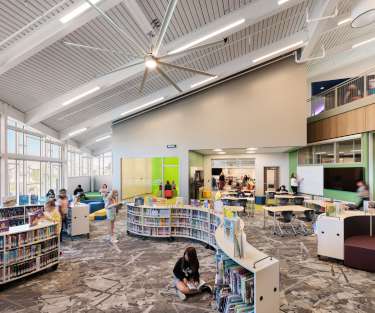
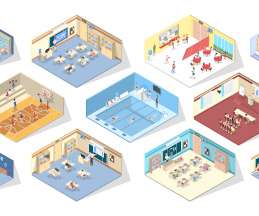

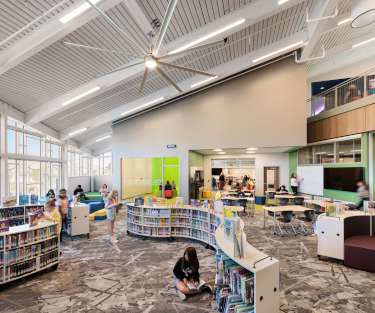

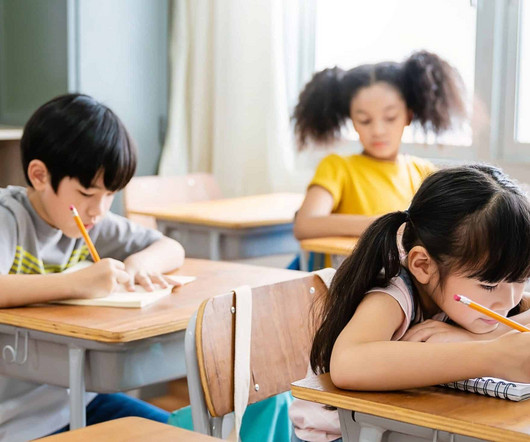


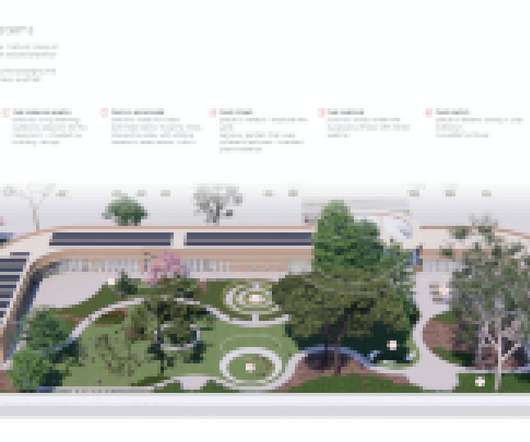







Let's personalize your content